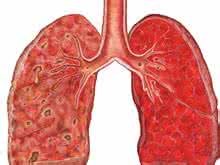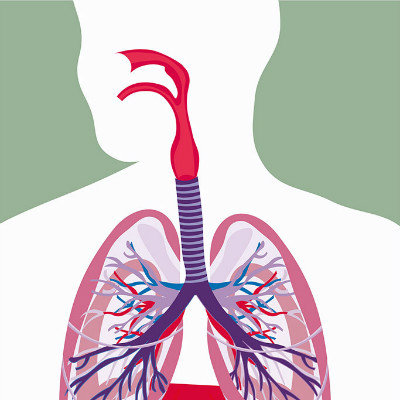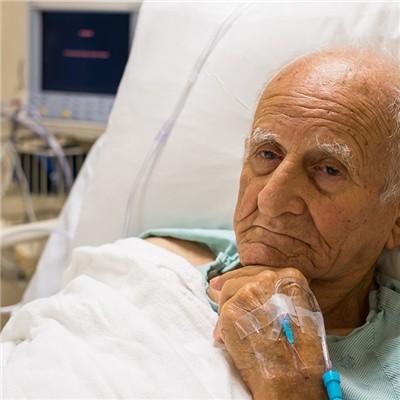Symptoms of Asthmatic Pneumonia
summary
The onset of asthmatic pneumonia is sudden and explosive. Most of the children under 2 years old have severe asthmatic pneumonia. The clinical manifestations were characterized by dyspnea and aggravation of paroxysmal dyspnea. There were obvious symptoms of respiratory tract obstruction, such as dyspnea, prolonged expiratory, alar provocation and obvious three concave sign. Asthmatic pneumonia is a common disease in infants, which belongs to the category of respiratory tract infection. The symptom of asthmatic suffocating pneumonia below, everybody looks together.
Symptoms of Asthmatic Pneumonia
(1) Onset: the incubation period was 1-4 days. Most of the children had sudden onset, only some of them had low fever, cough, runny nose, sneezing and other precursor symptoms, and quickly entered the stage of asthma and suffocation after about 24 hours.

(2) Wheezing and suffocating period: different degrees of wheezing and exacerbation of paroxysmal wheezing and suffocating are the characteristics of this disease. The children have cough, nasal fan, shortness of breath, etc. when the paroxysmal asthma is aggravated, they may have obvious restlessness, faster heart rate and breathing, pale complexion (a few are red), cyanosis of lips and fingers, and obvious three concave signs. Lung percussion showed a clear sound, auscultation has wheezing sound, most of them still have small and medium blister sound, when the paroxysmal asthma is very serious, there may be respiratory tract obstruction, no breathing sound and wheezing sound. The lower limit of liver was decreased due to emphysema, and hepatomegaly was found in severe cases. Most of the fever is 37.5 ℃ - 39 ℃, and a few are below 37 ℃ or high fever. Wheezing and suffocation are mostly relieved within 24 hours or 48 hours.

(3) Remission stage: after asthma relief, the general condition of the children improved, but the signs of pneumonia were more obvious, small and medium blister sounds and twisting sounds could be heard in both lungs, and the liver was still large. About 2-4 days, the signs of pneumonia gradually decreased in most children.

matters needing attention
1. Widely publicize the prevention and control methods. 2. Give full play to the role of rural doctors, early detection, early report, early prevention, on-site isolation, on-site treatment, and timely transfer of critical cases to higher hospitals. 3. Do a good job in the family isolation of sick children, do not visit the patient's home, reduce collective activities, in order to prevent the spread of the disease. Infantile Epidemic asthmatic suffocating pneumonia diet health care: you can eat some nutritious food to increase the child's body resistance.
















